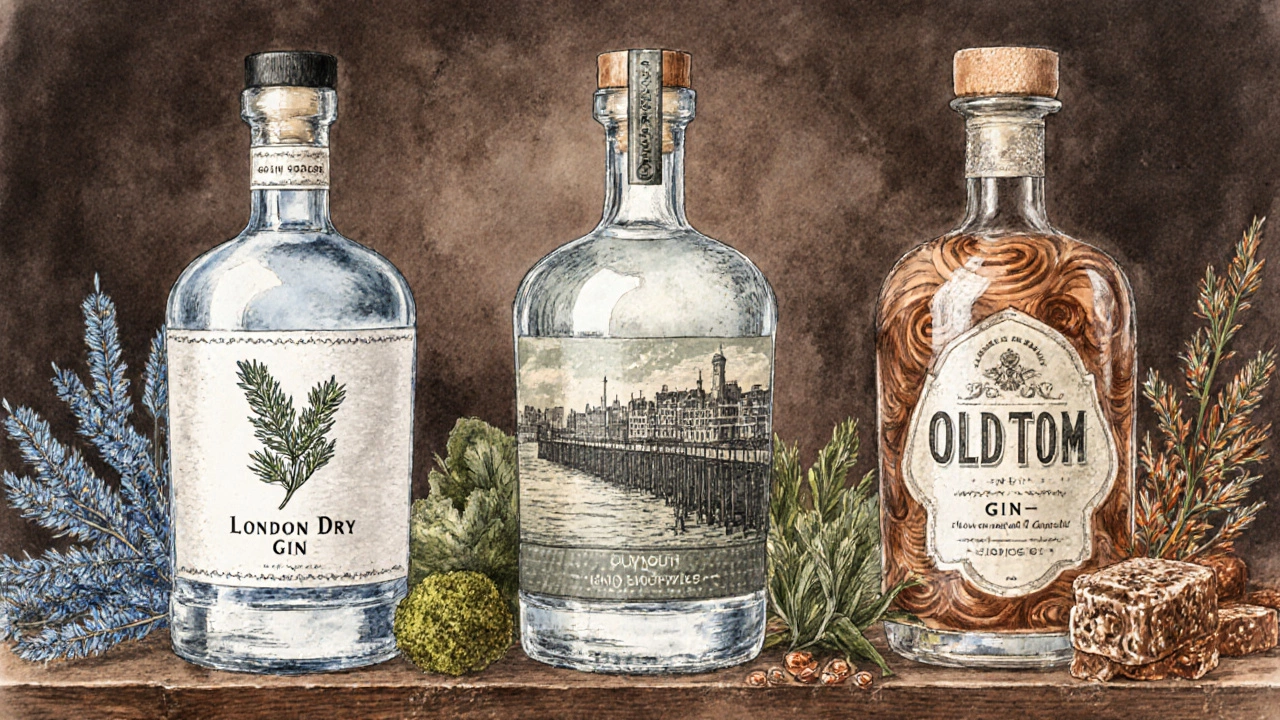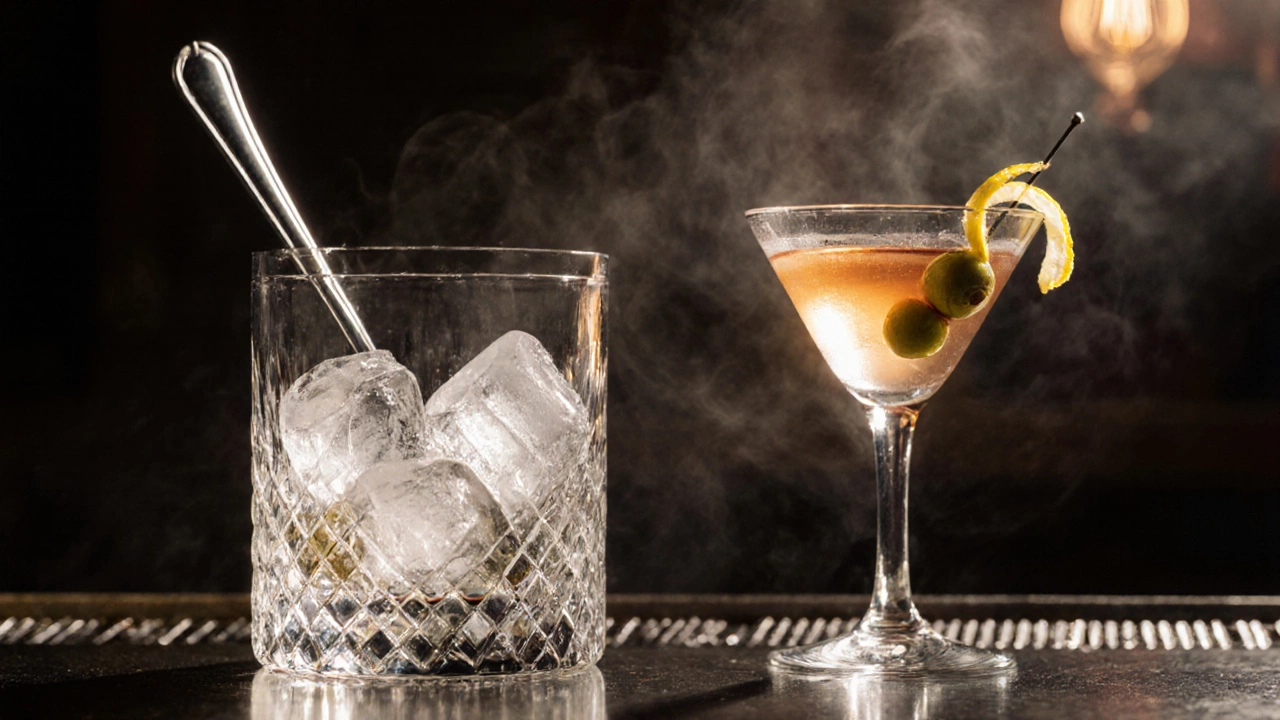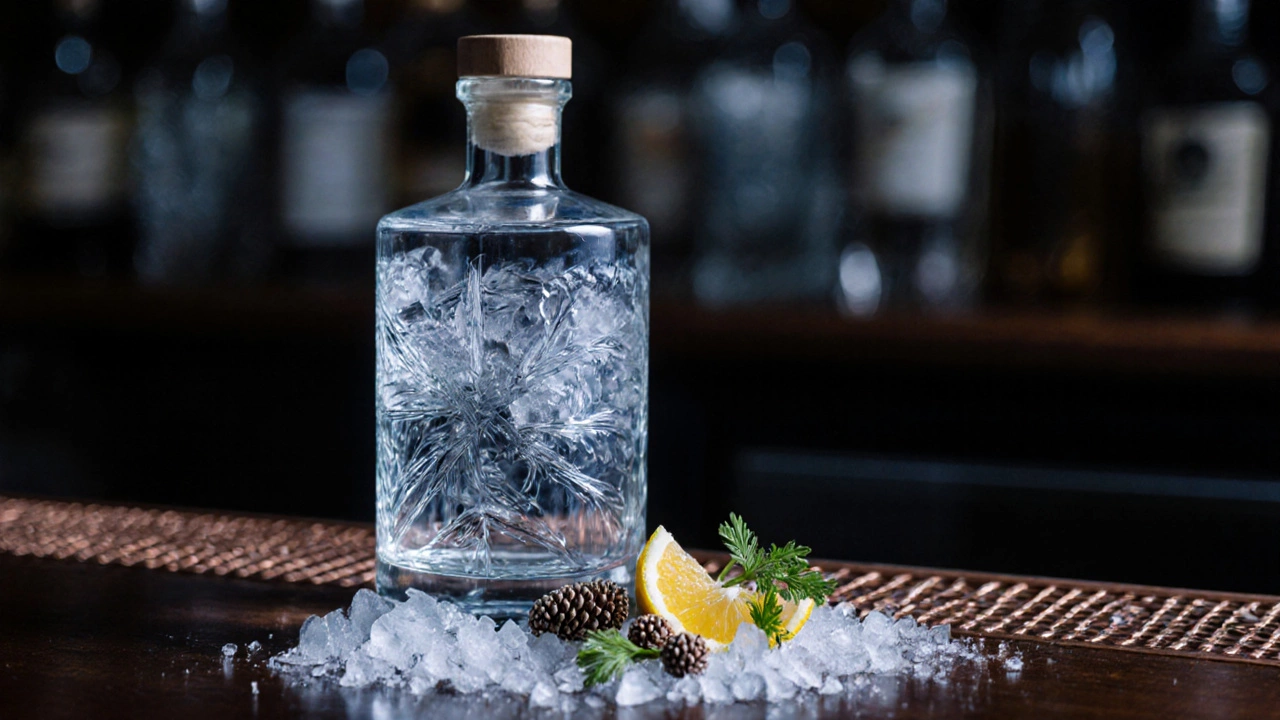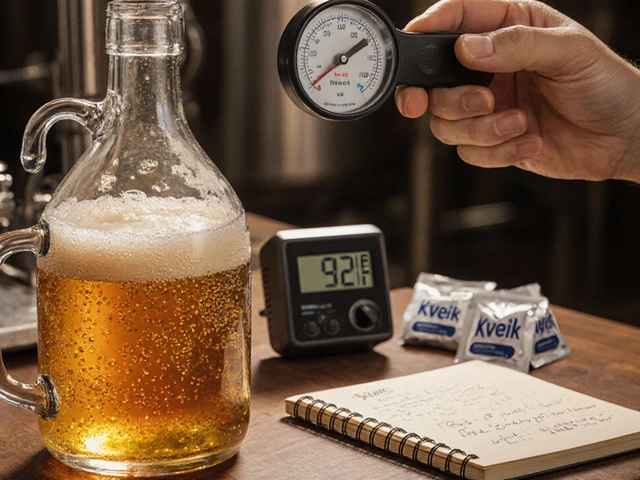Key Takeaways
- The spirit that shines in a classic martini is a crisp, juniper‑forward gin.
- London dry, Plymouth and Old Tom styles each bring a distinct flavor profile.
- Tanqueray, Bombay Sapphire, Hendrick's and The Botanist rank highest for balance, aroma and price in 2025.
- Proper technique - proper dilution, chilling and garnish - makes the gin’s qualities shine.
- Choose a gin that matches your palate: dry & clean, floral & botanical, or slightly sweet.
Understanding What Makes a Gin Martini Great
When you hear “gin martini,” the star is Gin is a distilled spirit flavored with juniper berries and a mix of botanicals, usually 37‑47% ABV. The classic martini pairs this spirit with dry vermouth, ice and a single garnish, letting the gin’s character dominate while the vermouth adds a whisper of sweetness.
The magic happens in three places: the gin’s base botanicals, the dilution from shaking or stirring, and the finishing garnish. A good gin should stay crisp after dilution and still showcase its botanical layers. If the gin tastes flat or overly harsh, the martini will suffer.
Top Gin Styles to Consider
Not all gins are created equal. Here are the three main styles that show up most often in martini recipes:
- London dry gin is a classic style known for its crisp, juniper‑forward profile and minimal sweetness.
- Plymouth gin is a slightly softer, earthier version with a lower botanical count, offering a smoother mouthfeel.
- Old Tom gin is a historic sweetened gin that adds a subtle caramel note, perfect for those who like a slightly sweeter martini.

Comparison of the best gin for a martini (2025)
| Brand | Style | ABV | Flavor notes | AU$ (750ml) |
|---|---|---|---|---|
| Tanqueray | London dry | 47% | Juniper, citrus peel, coriander | $55 |
| Bombay Sapphire | London dry | 47% | Almond, lemon, peppercorn | $50 |
| Hendrick's | London dry (infused) | 44% | Cucumber, rose petals, juniper | $68 |
| The Botanist | London dry (Islay) | 46% | Heather, coastal herbs, citrus | $72 |
| Nolet's Silver | London dry | 40% | Raspberry, peach, elderflower | $80 |
| Sipsmith V.J. | London dry | 45% | Juniper, orange peel, cardamom | $75 |
| Beefeater | London dry | 47% | Juniper, angelica, spices | $45 |
| Gin Mare | London dry (Mediterranean) | 42% | Olive, rosemary, thyme, basil | $78 |
For a traditional dry martini, stick with a London dry that sits between 44%‑47% ABV. If you enjoy a softer texture, Plymouth gin like Plymouth Original works well, though it didn’t make the table above because it’s priced similarly to Beefeater. For a slightly sweeter, vintage vibe, Old Tom options such as Hayman's or Ransom Old Tom bring a gentle caramel tick.
How to Build the Perfect Gin Martini
- Chill your cocktail glass for at least 5 minutes.
- Measure 60ml of your chosen gin and 10ml of high‑quality dry vermouth.
- Add the spirit and vermouth to a mixing glass filled with large clear ice cubes.
- Stir gently for 20‑30 seconds. (If you prefer a “shaken, not stirred” vibe, give it a quick 5‑second shake instead.)
- Strain into the chilled coupe or martini glass.
- Garnish with a single olive garnish is a classic briny olive, preferably a green Martini olive, that adds a salty contrast or a thin lemon twist, depending on your taste.
The key is the dilution ratio - too much water mutes the gin’s botanicals, too little leaves it harsh. A good guideline is about a 1:5 gin‑to‑water ratio after stirring.

Common Mistakes and How to Fix Them
- Using too much vermouth - keep it at 1 part vermouth to 6 parts gin for a dry martini.
- Shaking with too much ice - large cubes melt slower, preserving flavor.
- Serving in a warm glass - always pre‑chill the glass to keep the cocktail crisp.
- Choosing a gin with heavy floral notes for a dry martini - those can overwhelm the subtle vermouth; opt for a cleaner London dry instead.
Choosing the Right Gin for Your Taste
If you love a clean, almost piney bite, go for Tanqueray or Beefeater. Want a softer, garden‑fresh feel? Hendrick's or The Botanist add cucumber and herbal whispers that can make the martini feel lighter. For a playful, slightly sweet edge, Nolet's Silver or an Old Tom gin will give your cocktail a faint fruitiness without turning it into a sweet drink.
Remember, price isn’t always a quality indicator - many affordable London dries outperform pricier floral gins in a martini because they stay crisp after dilution.
Frequently Asked Questions
What gin style is traditionally used in a dry martini?
A classic dry martini calls for a London dry gin. Its juniper‑forward, low‑sweetness profile lets the gin shine without being masked by the vermouth.
How much vermouth should I use?
A 1:6 gin‑to‑vermouth ratio (about 10ml vermouth for 60ml gin) yields a dry martini. Adjust to 1:4 if you prefer a “wet” version.
Should I shake or stir my martini?
Stirring keeps the drink clear and provides a silky texture. Shaking adds aeration and a frothy surface, which some people enjoy for a slightly colder sip.
Can I use an Old Tom gin?
Yes, Old Tom gins bring a subtle sweetness that works well in a slightly sweeter martini, often called a “sweet martini.” Just lower the vermouth to keep the balance.
What garnish gives the best flavor?
A single green olive adds briny bite that contrasts the gin’s botanicals. A lemon twist provides citrus aroma; choose based on whether you want savory or bright notes.


